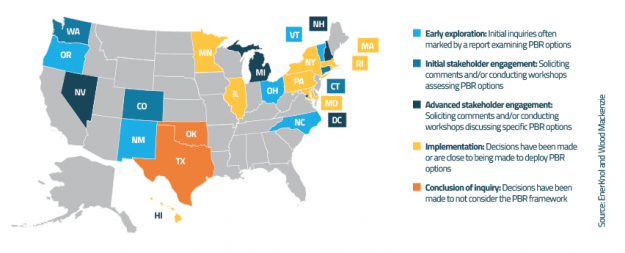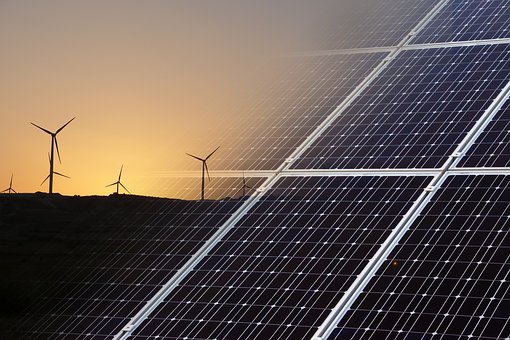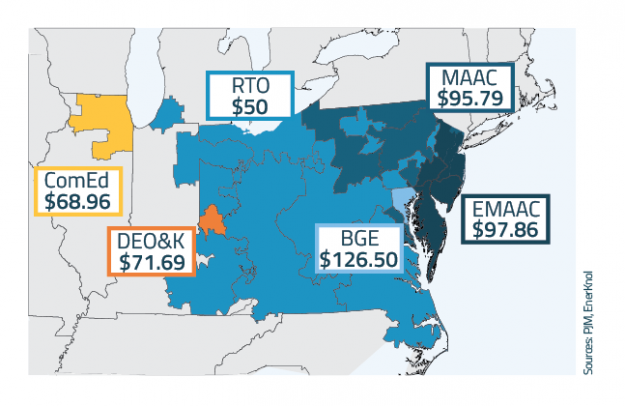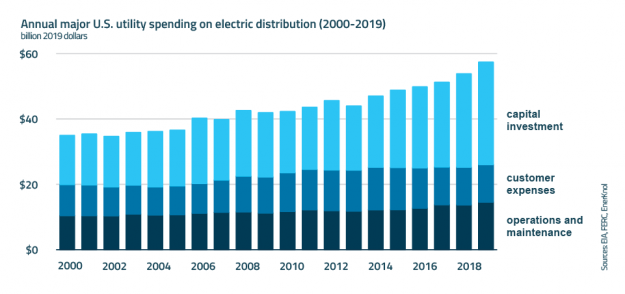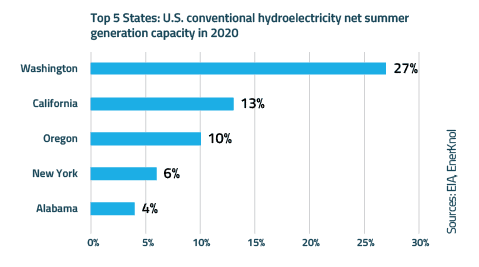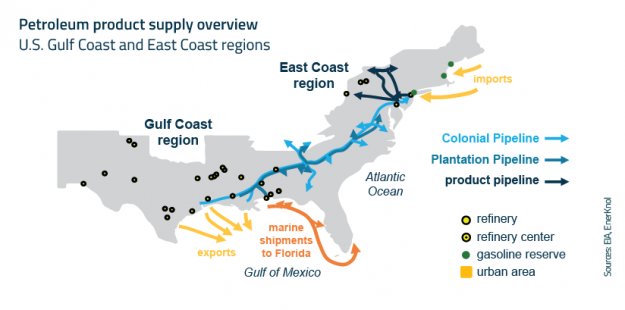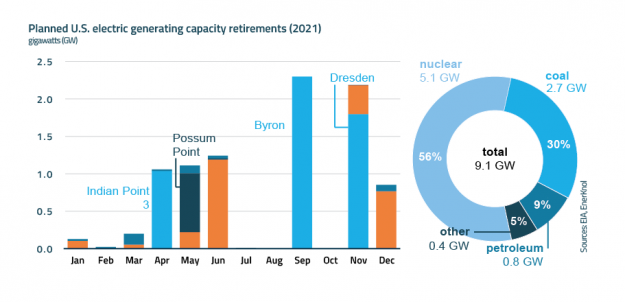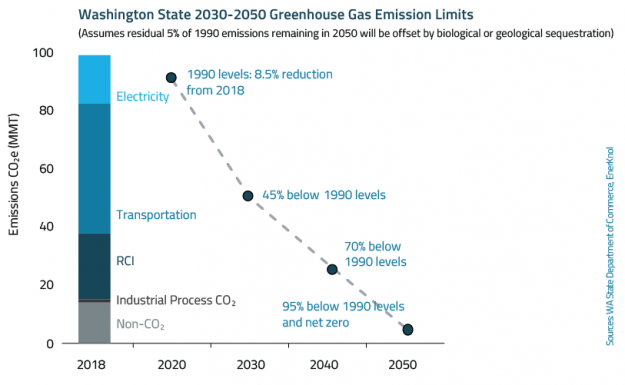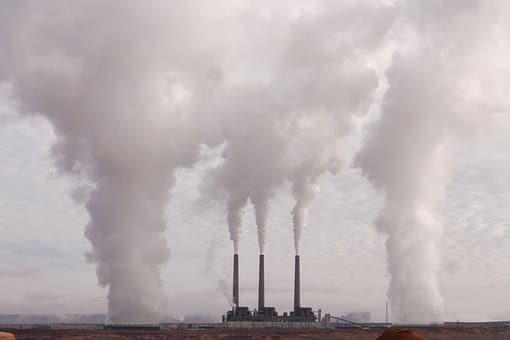RGGI Auction Clears at Record High Prices, Generates Over $183 Million
The 52nd quarterly carbon auction of the Regional Greenhouse Gas Initiative, or RGGI, the nation’s first market-based emissions regulation program, sold all of the nearly 23 million CO2 allowances offered. Permits were sold at a clearing price of $7.97, the highest price to date and a 4.87 percent increase from the previous auction held in…...

